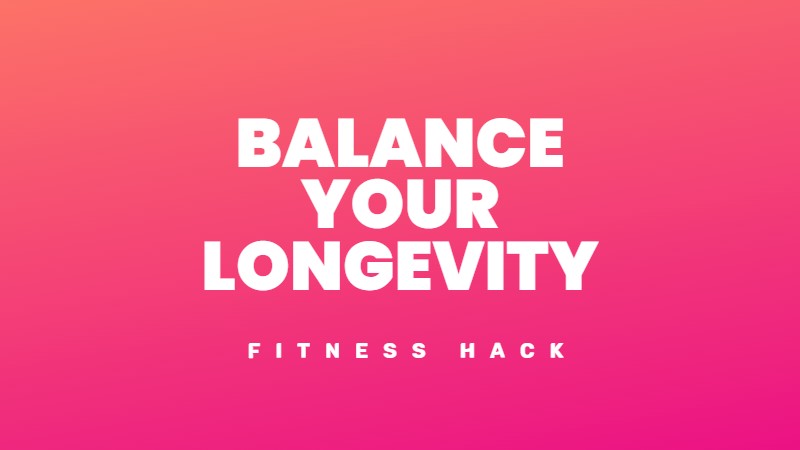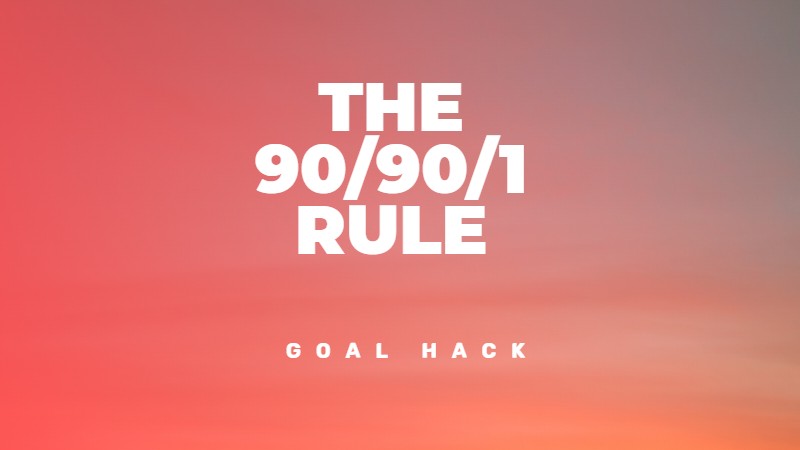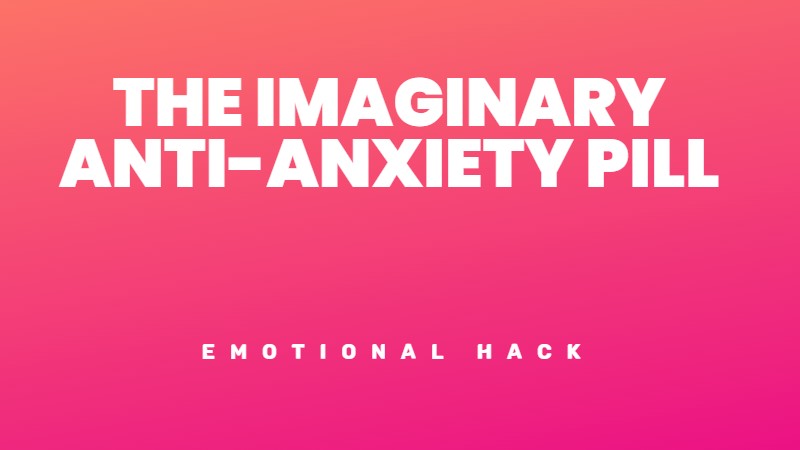I once watched my grandmother solve the daily crossword puzzle every morning for fifteen years. Rain or shine, good health or bad, she tackled those black and white squares with a scholar’s dedication.
“Keeps the mind sharp,” she’d say with absolute certainty, tapping her temple with an index finger bent from arthritis.
None of us knew then that her daily walk to get the newspaper probably did more for her brain than the puzzle itself. Science has now confirmed what our bodies already knew: physical movement fuels the brain.
A massive review analyzing data from over 250,000 people reveals the truth hidden in plain sight.
Our brains thrive when our bodies move.
The best way to boost your memory
You might reach for word puzzles, crosswords, or specialized apps when trying to sharpen your memory. But the most effective method costs nothing and requires no special equipment.
Research now confirms that physical activity is the most powerful tool for memory enhancement.
What science tells us
A massive review analyzing data from over 250,000 participants across 2,700 studies reveals a clear winner in the memory-boosting competition:
Exercise.
This comprehensive analysis shows that moving your body, whether through walking, cycling, dancing, yoga, or even active video games, directly improves how you think, remember and stay focused.
This large review backs up findings showing regular movement benefits key brain areas:
These benefits appear across all age groups, with children and teenagers experiencing particularly strong memory gains. People with ADHD saw exceptional improvements in executive function after beginning regular exercise routines.
How exercise changes your brain
When you engage in physical activities like walking or cycling, you literally grow your hippocampus, the brain region responsible for learning and memory.
One study found that older adults who performed aerobic exercise for a year increased their hippocampus size by 2%, reversing one to two years of age-related brain shrinkage.
More intense workouts strengthen your brain’s ability to adapt and form new connections, helping you learn faster and maintain mental sharpness as you age.
No need for extreme workouts
Choose activities you enjoy. Walking, swimming, cycling, dancing, yoga, and tai chi are all excellent choices. Even active video games count.
You don’t need to become a marathon runner or weightlifter to reap these benefits. The research shows lower-intensity activities work just as well, sometimes better:
These activities simultaneously engage your brain and body. Tai chi requires focus, coordination, and memorizing movement sequences. Exergames involve quick decision-making and rapid responses, which train attention and memory skills.
These forms of movement work for people of all fitness levels and those with limited mobility.
Getting started
Aim for at least 30 minutes of exercise most days, totaling about 150 minutes weekly. Most study participants began seeing improvements after just 12 weeks of consistent activity.
Try these practical approaches:
These activities do more than just exercise your body. They give your brain a valuable tune-up that most brain-training apps or supplements cannot match.
Real-world applications
This research has sparked changes beyond individual habits:
Lo esencial
When you exercise, your hippocampus grows. Your neural pathways strengthen. Your brain becomes more adaptable and responsive. None of this happens when you’re sitting still playing brain games.
Move your body for at least 30 minutes most days. Walk. Swim. Garden. Dance. Play tennis. Chase your kids around the yard. The activity matters less than the simple act of movement itself.
Stop reading right now and schedule three 30-minute movement sessions this week. Block them on your calendar like any other important appointment.
Your brain is waiting for you to get up and move.




Deja tu opinión sobre esto